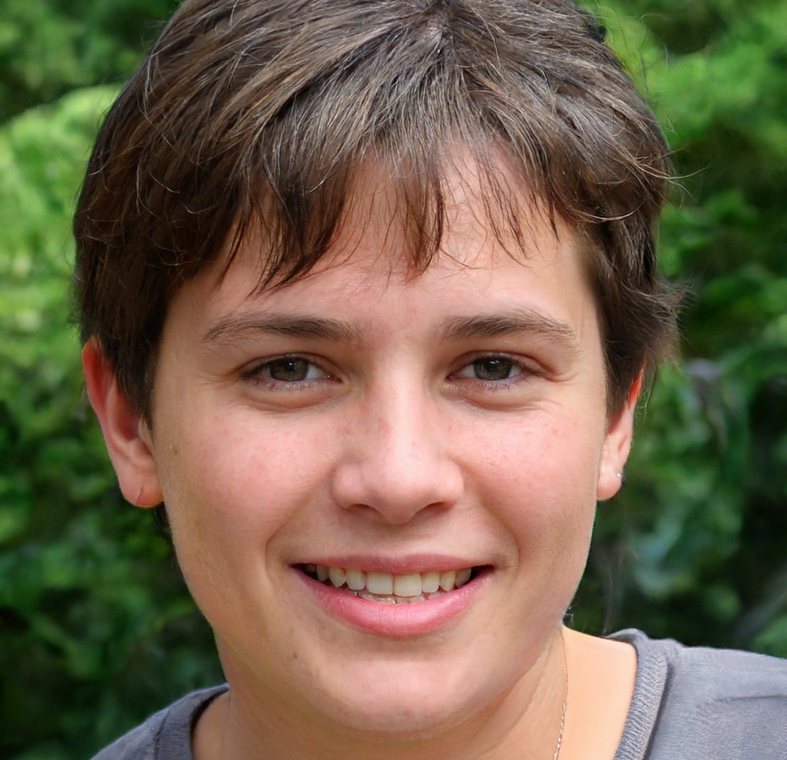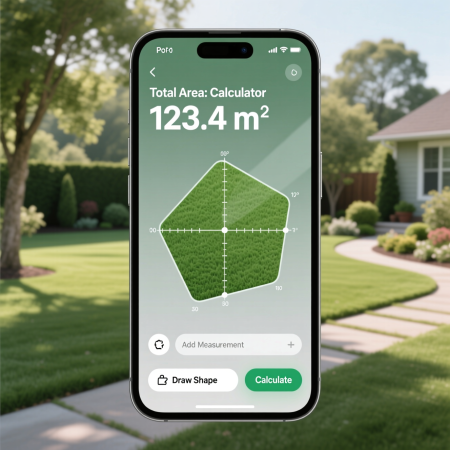Measure Your Lawn Area
🌾 Product Guidelines
Approximate Usage per 1,000 sq ft
Note: These are general estimates. Actual needs vary by grass type, climate, and soil conditions.
📖 How to Measure Your Lawn
📐 Rectangle/Square Lawns
Formula: Area = Length × Width
Example: 50 ft × 30 ft = 1,500 sq ft
⭕ Circle/Oval Lawns
Formula: Area = π × (Diameter ÷ 2)²
Example: 40 ft diameter = 1,257 sq ft
🔺 Triangle Lawns
Formula: Area = ½ × Base × Height
Example: 40 ft base × 30 ft height = 600 sq ft
🗺️ Irregular Lawns
Method: Divide into sections and sum
Break lawn into rectangles, measure each, then add together
💡 Measurement Tips
- Use a measuring tape or wheel for accuracy
- Round irregular curves to nearest rectangle or circle
- Subtract non-lawn areas (patios, driveways, gardens)
- Measure in feet for easier calculations
- For sloped lawns, measure the flat projection
Complete User Guide: Lawn Area Calculator
What It Does
Calculate your lawn size accurately to determine:
- Square footage for product applications
- Grass seed quantities
- Fertilizer amounts
- Sod/turf requirements
- Water needs
- Cost estimates
How to Use
Step 1: Select Lawn Shape
Rectangle/Square:
- Most common lawn shape
- Measure length × width
Circle/Oval:
- Round or oval lawns
- Measure diameter
Triangle:
- Triangular lawns
- Measure base × height
Irregular:
- Complex shapes
- Break into multiple sections
Step 2: Enter Measurements
For Rectangle:
- Length: Longest measurement
- Width: Widest measurement
For Circle:
- Diameter: Distance across widest part
For Triangle:
- Base: Bottom edge length
- Height: Perpendicular height from base
For Irregular:
- Add multiple rectangular sections
- Enter length/width for each
- Calculator sums all sections
Step 3: Calculate
Click “Calculate Area” to see:
- Total square feet
- Square meters
- Acres
- Products needed
Product Calculations
Grass Seed:
textNew Lawn: 5-6 lbs per 1,000 sq ft
Overseeding: 3-4 lbs per 1,000 sq ft
Spot Repair: 5-7 lbs per 1,000 sq ft
Example: 5,000 sq ft overseeding
= (5,000 ÷ 1,000) × 4 lbs
= 20 lbs grass seed
Fertilizer:
textStandard Application: 4 lbs per 1,000 sq ft
Heavy Feed: 5 lbs per 1,000 sq ft
Example: 5,000 sq ft lawn
= (5,000 ÷ 1,000) × 4 lbs
= 20 lbs fertilizer
Sod/Turf:
text1 Pallet = 450-500 sq ft
1 Roll = 10 sq ft (2 ft × 5 ft)
Example: 5,000 sq ft
= 5,000 ÷ 500
= 10 pallets
Water:
text1 inch water = 0.62 gallons per sq ft
Weekly need: 1-1.5 inches
Example: 5,000 sq ft, 1.25 inches/week
= 5,000 × 0.62 × 1.25
= 3,875 gallons per week
Measurement Guide
Tools Needed:
Measuring Wheel:
- Best for large lawns
- Roll along perimeter
- Reads distance automatically
Tape Measure:
- Good for small areas
- 100 ft tape recommended
- Mark endpoints clearly
Google Maps/Satellite:
- Aerial view estimation
- Use ruler tool
- Good for initial estimate
Pacing Method:
- Average pace = 2.5-3 feet
- Count steps
- Multiply by stride length
Tips for Accuracy
✅ Measure twice – Verify measurements
✅ Use stakes – Mark corners clearly
✅ Exclude non-grass – Patios, driveways, beds
✅ Account for slopes – Add 10-15% for hills
✅ Add 5-10% extra – For waste and overlap
✅ Record measurements – Save for future use
Application Rates Table
| Product | Rate per 1,000 sq ft | Example (5,000 sq ft) |
|---|---|---|
| Grass Seed (new) | 5-6 lbs | 25-30 lbs |
| Grass Seed (overseed) | 3-4 lbs | 15-20 lbs |
| Fertilizer | 4 lbs | 20 lbs |
| Lime | 50 lbs | 250 lbs |
| Sod | 2 pallets | 10 pallets |
| Water (weekly) | 620-930 gal | 3,100-4,650 gal |
Cost Estimates
Per 1,000 sq ft:
- Grass seed: $15-30
- Fertilizer: $10-25
- Sod: $300-600
- Lime: $8-15
- Professional mowing: $25-50
5,000 sq ft lawn annual costs:
- Fertilizer (4×/year): $200-500
- Overseeding (fall): $75-150
- Lime (1×/year): $40-75
- Total DIY: $315-725/year
This calculator provides everything needed for accurate lawn care planning and product purchasing!

Angelina Everly leads the editorial desk at Live Green Gardens, blending practical plant care, hands-on product testing, and approachable outdoor styling. She focuses on step-by-step how-tos, buyer’s guides, and small-space makeovers that work in real life and real budgets. When she’s not comparing pruning shears or setting up a drip kit, you’ll find her creating cozy corners with planters, solar lights, and pollinator-friendly picks—always with clear pros/cons and safety notes so you can buy once and garden happy.

